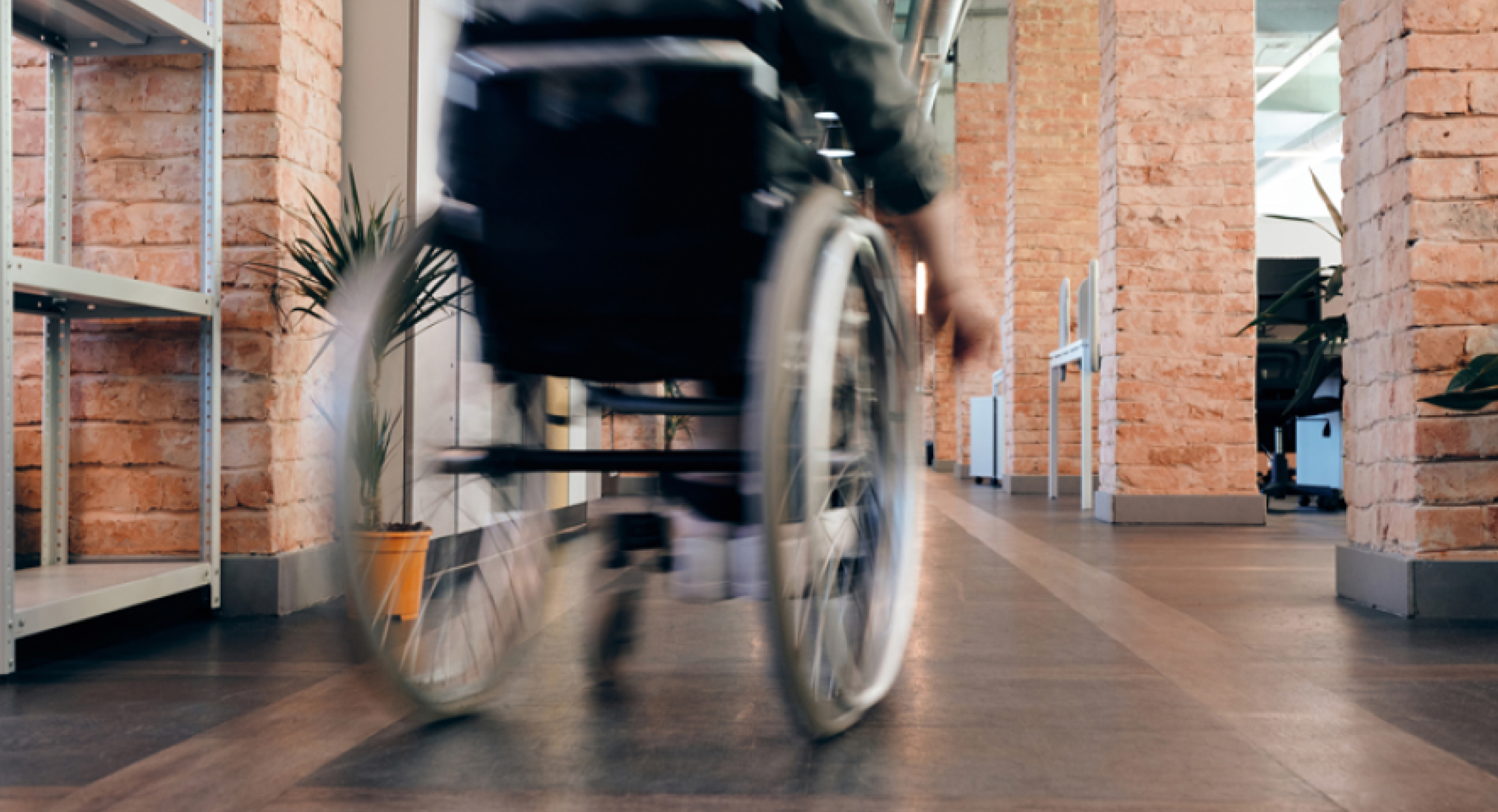
Accessible Design for All
In 1987, I was a first-year architecture student at the University of Kentucky. While I spent most of my time in studio that year, one major exception came in October: U2 was playing at Rupp Arena. They were my favorite band. I had to be there. And I had to get good seats.
One friend who went with me, Kent, was quadriplegic. None of the permanent seating in Rupp Arena was accessible, so the handicap section, as it was then called, was just an open space with adjacent folding chairs—right up front on the floor, immediately in front of the stage. Kent was elated. For once, his wheelchair meant a big advantage—for all of us.
When we arrived at the concert, however, we had a harsh awakening: there was no way to get Kent’s wheelchair down to the floor. No elevator, no ramps. No access. If not for my friend Patty’s righteous indignation, and the upper body strength to pick Kent up and carry him down a formidable flight of steps, we would not have seen the show. Kent never should have had to deal with the situation in the first place, but that was the reality in 1987.
Rupp Arena was built in 1976, before the Americans with Disabilities Act (ADA) became law in 1990. The ADA is a civil rights law that prohibits discrimination against individuals with disabilities in all areas of public life, including jobs, schools, transportation, and all public and private places that are open to the public. It guaranteed that people like Kent could access their seats at concerts—and much, much more. Today, Kent can reach his seat on his own, with his dignity intact. In fact, he can expect to be able to do so.
As we look back at what’s changed in our environment and within the practice of architecture since the ADA was written into law in 1990, we can see that meaningful, major change is possible. Design has made a significant difference in creating a more equitable world. Yiselle Santos Rivera, HKS Director of Justice, Equity, Diversity and Inclusion sums it up by saying, “The ADA is a beacon of hope. It reminds architects and designers of what we can do when we change together. We need that reminder today.”
While the law’s lofty goal of “equal access for all” can now be considered through the modern lens of gender and racial equity, we recognize that we have more work to do. Today, as we forge our way through this period of reckoning with regard to the current state of justice, inclusion and equity for all, it is easy to get overwhelmed by the enormity and complexity of the task at hand. As we do this, the ADA serves as a shining example of meaningful change that we have made enormous progress towards, together.
The ADA is a beacon of hope. It reminds architects and designers of what we can do when we change together. We need that reminder today.
Tina Duncan, an architect and principal at HKS who serves as chair of the Codes & Standards committee for AIA Dallas, notes: “We’re working on updates and an expansion of the ADA now, to broaden our ideas of access. One example of how the ADA is ahead of its time is that it allows for unisex bathrooms, significant as societal norms around gender identity are more fluid. Unfortunately, building codes have yet to catch up. We have more work to do to ensure equity for all in the spaces we design.”
Duncan further notes that one of the most important questions ADA regulators are considering today is: who creates ADA revisions? Who is in the room? She notes, “As we re-write laws around equity, making sure that we have invited the right group of diverse perspectives to participate in our conversations is key. As architects, we must be advocates for all people. We have to lead the change, and we also have to be the change.”

